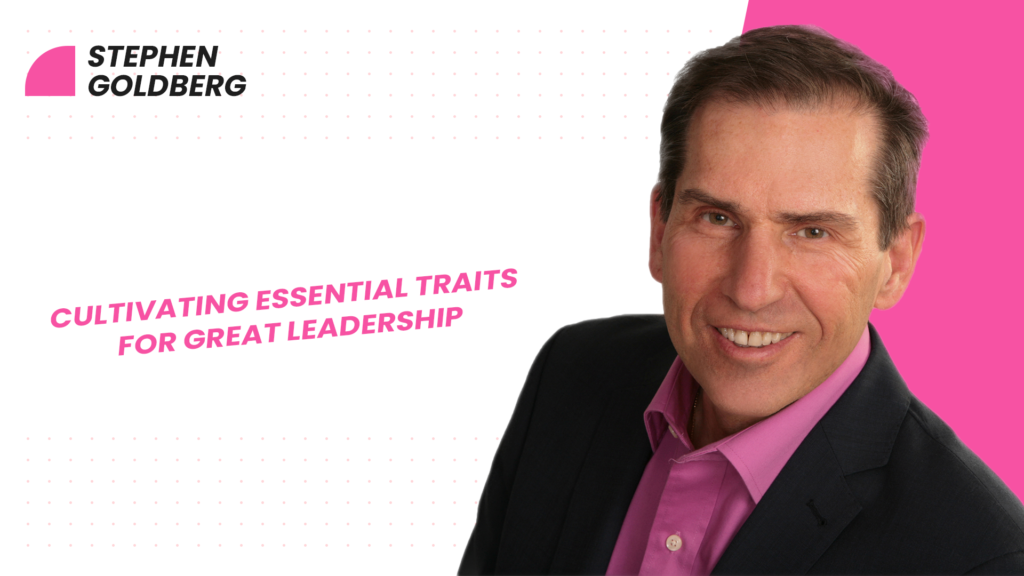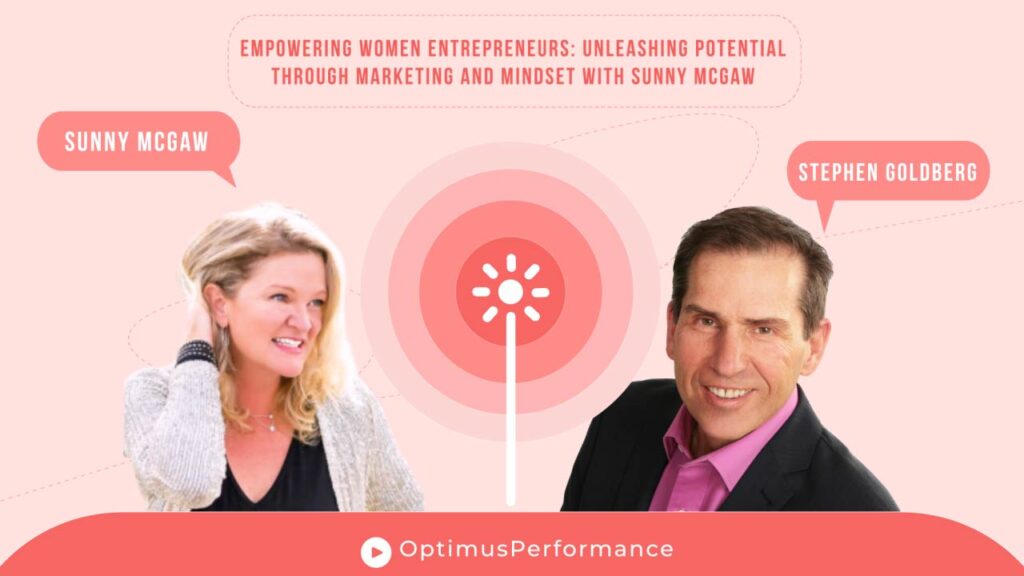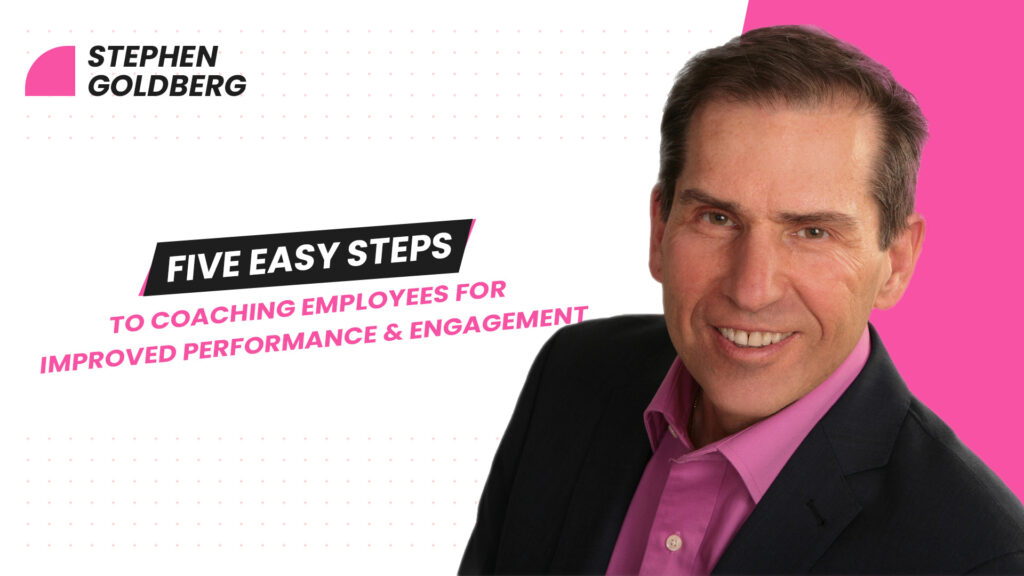
Becoming an excellent leader involves nurturing specific traits. This article explores insights from this video that discusses growing traits, much like a farmer tends to crops. From being kind and empathetic to balancing human virtues and professional skills, we’ll delve into the process of developing these essential qualities.
Cultivating Important Traits: Growing Leadership Skills
Becoming a remarkable leader is like growing seeds to produce a good harvest. Comparing it to filling a glass with water, leadership traits need attention. Crucial traits include kindness, empathy, listening, understanding, achievement, and acceptance. By recognizing and nurturing these traits in ourselves, we set the foundation for personal growth and effective leadership.
The Power of Positive Characteristics
Similar to filling a glass with water, growing traits requires mindful choice. Embracing qualities such as empathy and kindness helps leaders create a positive environment. This conscious approach nurtures respect, care, and collaboration.
Balancing Traits: Recognizing Dual Nature
Leadership traits come in two forms: positive and negative. While positive traits enhance leadership, negative ones like fear and greed hinder progress. Greed, in particular, contributes to societal issues. Recognizing and striving to balance these traits is vital for effective leadership.
Combining Human Qualities and Professional Skills
While technical skills matter, merging them with human qualities amplifies leadership. Successful leaders blend traits like understanding and empathy with professional skills. This mix fosters a workplace culture built on respect, teamwork, and innovation.
Growth Through Self-Improvement
Enhancing leadership involves personal growth. Leaders embark on journeys to develop positive traits and share their experiences. By fostering an environment that values empathy, kindness, and mutual respect, leaders inspire others to do the same.
Conclusion
Cultivating essential traits is fundamental to becoming a strong leader. The metaphor of growing seeds and filling a glass with water encapsulates this journey. By acknowledging the dual nature of traits, embracing positive characteristics, and combining human virtues with professional skills, leaders shape environments of growth, teamwork, and effectiveness. This journey transforms leaders and nurtures organizations into thriving, respectful, and successful entities.


